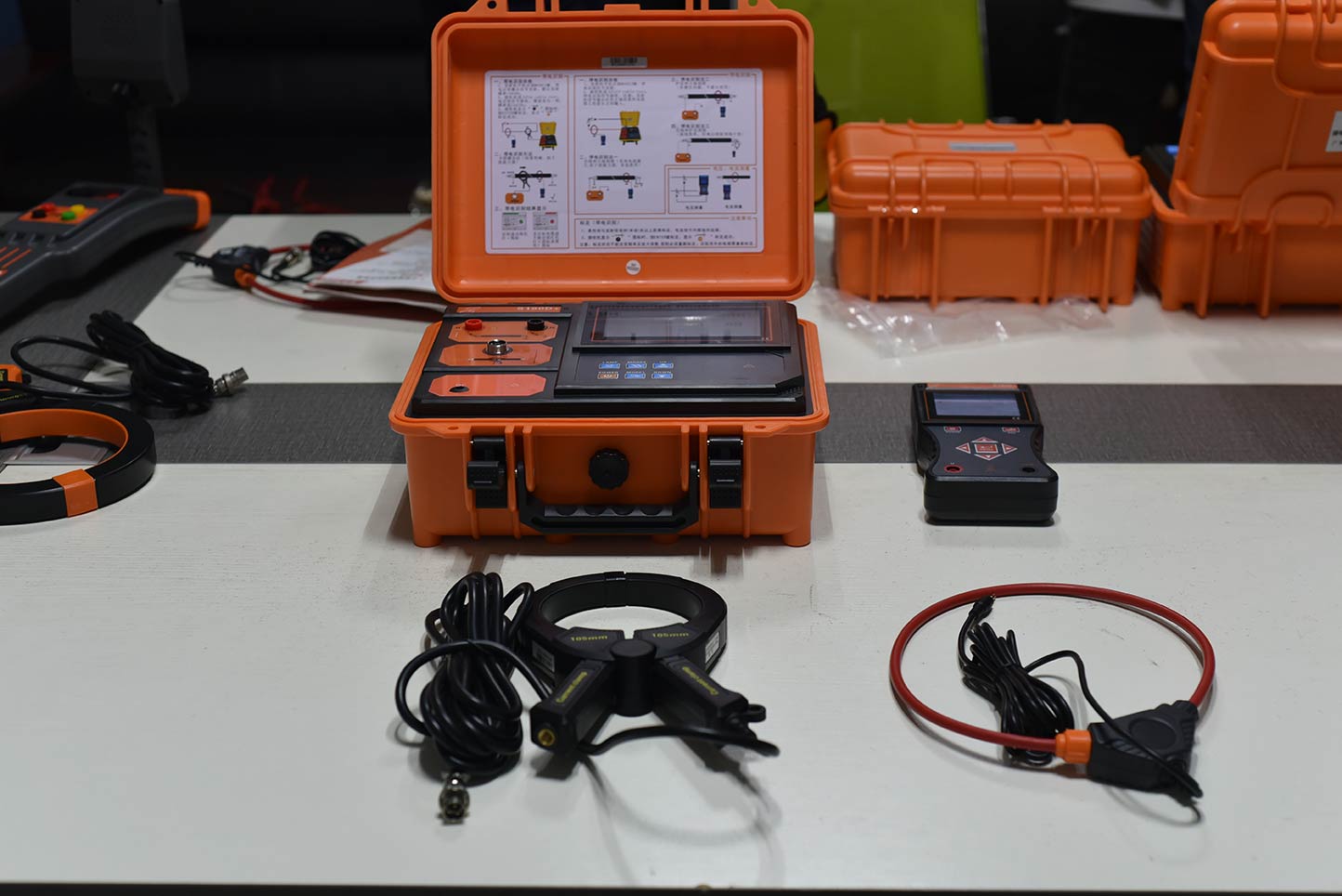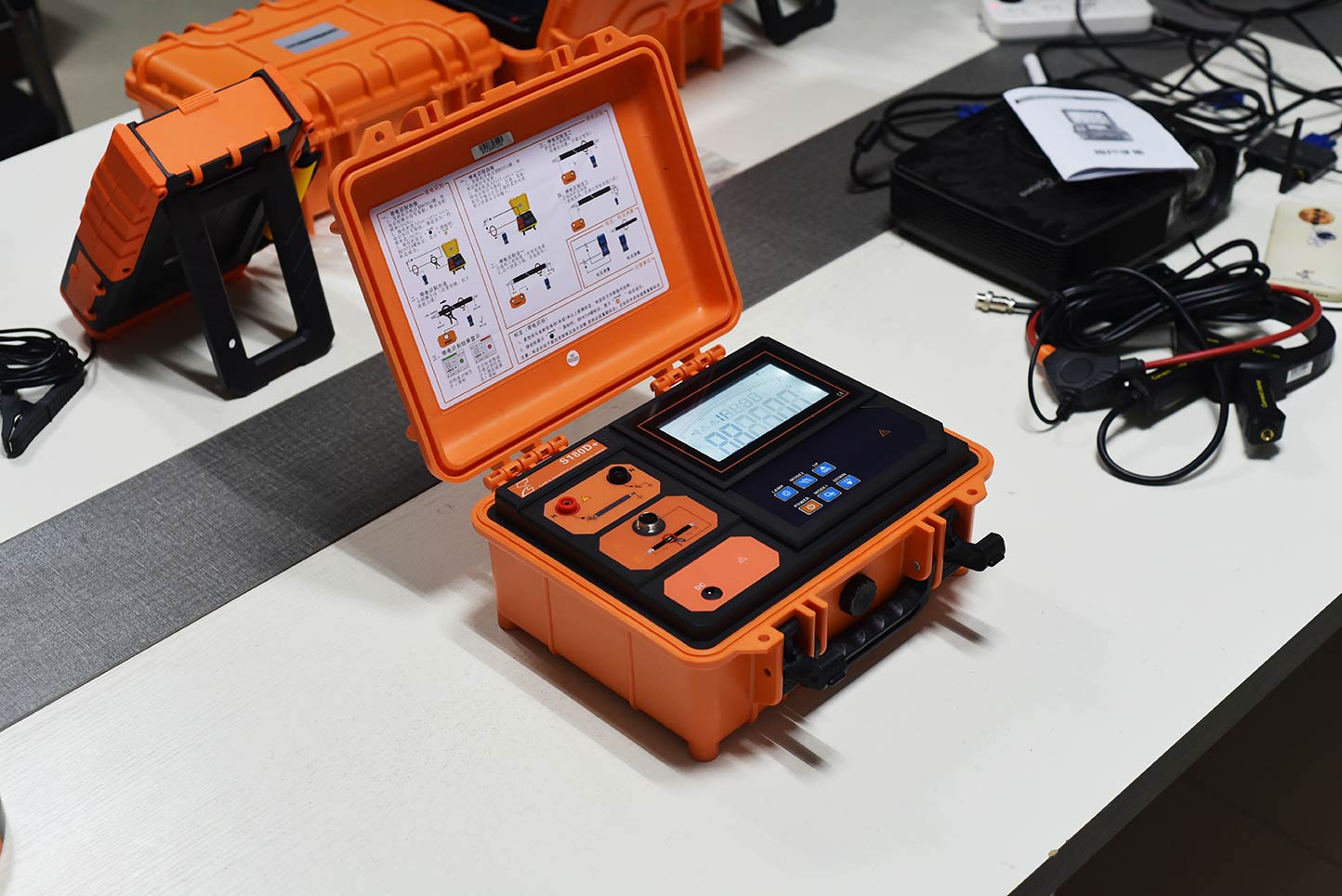What are the precautions for using a live cable identification device
1、 Avoid direct contact with metal rods with hands
When using a live cable identification device, we first need to connect the metal rod of the live cable identification device to the metal protective layer or metal shield of the faulty cable. If the metal rod is directly touched by hand, it is likely to cause electric shock to the body and skin, and static electricity will be generated between the metal rod and the faulty cable. In this case, the human body and static electricity may cause discharge through the discharge between the human body, conductor or grounding conductor.
If the contact is a cable shield, there is no danger. Because the shielding layer separates the current and signal, it will not cause discharge. But when directly touching the metal rod with your hand, the static electricity on the metal rod will be directly transmitted to the human body. If the discharge between the grounding conductor and the faulty cable is carried out by two people, static electricity may cause electric shock accidents and release a large amount of heat.

2、 Cable grounding
① When using a live cable identification device, it is necessary to connect the cable grounding wire to the grounding terminal of the cable box, and ensure that the cable terminal is connected to the tested grounding terminal to ensure the accuracy of the test results.
② When connecting the cable terminal to the test grounding terminal, it is necessary to pay attention to protecting the cable terminal to avoid improper operation by construction personnel during the installation process, which may cause the connection between the cable terminal and the test grounding terminal to be unstable
③When using a live cable identification device for testing, it is necessary to ensure the cleanliness of the cable line and avoid debris entering the grounding terminal of the test, which may lead to cable insulation breakdown.
3、 Probe and testing method
The live cable identification instrument adopts multifunctional probes, including low-frequency, intermediate frequency, and high-frequency probes. Generally, it is necessary to first use a low-frequency probe to test the fault point, then use an intermediate frequency probe to test the fault point, and finally use a high-frequency probe for testing. During use, it should be noted that when testing fault points, it is important to ensure that low-frequency probes are used and high-frequency probes are not used;
4、 Signal processing and printing output
①. The output signal of the cable recognition instrument cannot be directly connected to the AC power supply, but can only be connected to the AC power supply after being processed by the power conversion and filtering circuit. This can ensure the accuracy, stability, and reliability of the output signal.
②. When a ground fault occurs during the testing process, the pulse response curve should be selected first to determine the nature of the ground fault. Then, based on the principle of waveform analysis, identify the fault point and conduct fixed-point measurement. During the testing process, attention should be paid to placing the instrument in working condition for testing to avoid potential safety hazards.
③. When outputting signals, the cable identifier should pay attention to the following points:
(1) Maintain a good grounding state when outputting signals.
(2) When outputting signals, do not use them together with other devices to avoid affecting the accuracy of the output signal.

The design of the ZC-701E live cable identification instrument adopts PSK technology, combined with the latest algorithms. No matter how reliable the memory of on-site staff is, it cannot replace the recognition of professional instruments. This product also has functions such as live cable identification, power outage cable identification, AC current testing, and AC voltage testing. It consists of a transmitter, transmitting current clamp, receiver, and receiving flexible current clamp. When identifying live cables, 10 cables can be pre calibrated at the transmitting end, and then received at the remote end, greatly saving engineering personnel round-trip operation time and improving work efficiency.






